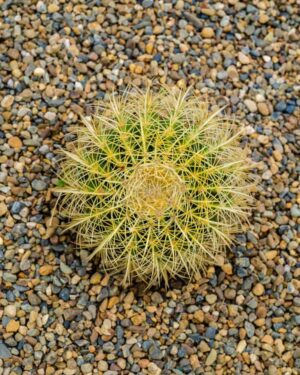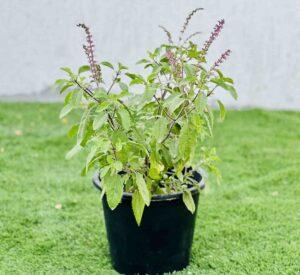Thevetia peruviana or Cascabela thevetia 1.0 – 1.2m
Thevetia peruviana
Cascabela thevetia (Thevetia peruviana) is a poisonous plant native throughout Mexico and in Central America, and cultivated widely as an ornamental. It is a relative of Nerium oleander, giving it a common name yellow oleander, and is also called lucky nut in the West Indies.
- Max Height: 4-8m
- Spread: 3-6m
- Origin: Central America, Mexico
- Family: Apocynaceae
- Common Name: yellow oleander, lucky nut
- Flower Colour: Yellow, white and orange
- Drought Tolerance: High
- Salinity Tolerance: High
- Sun Tolerance: High
- Wind Tolerance: High
- Water Requirement: Low
- PH level: Basic
- Pest Tolerance: High
- Disease Tolerance: High
- Growth Rate: Medium
- Fragrance: No
One of the most successful shrub for UAE climate. all parts of this plant are poisonous if consumed.
Reasons to buy from us
- Guaranteed quality
- Careful handling
- On time delivery
- Support
- Telephone support
- Live chat support
- Trained staff
Related Product: Tecoma stans or Yellow Bells 1.0 – 1.4m
د.إ34.00
Introduction
Welcome to our in-depth exploration of Cascabela thevetia (commonly known as yellow oleander or lucky nut), a captivating yet potentially hazardous plant native to Central America and Mexico. In this comprehensive guide, we delve into the intricate details of this botanical wonder, providing you with essential information that surpasses the competition.
Plant Overview
Family nd Origin
Belonging to the Apocynaceae family, Cascabela thevetia finds its roots in Central America and Mexico. This stunning plant has gained popularity not only for its ornamental appeal but also for its intriguing association with the well-known Nerium oleander.
Appearance and Growth
Cascabela thevetia boasts a majestic max height of 4-8 meters with a spread ranging from 3-6 meters. Its vibrant yellow, white, and orange flowers add an exquisite touch to its overall appearance. The plant thrives in various conditions, showcasing impressive drought tolerance, salinity tolerance, and sun tolerance, all rated as high. With a medium growth rate, this botanical marvel is a testament to nature’s resilience.
Vital Statistics
Key Specifications
- Family: Apocynaceae
- Common Names: Yellow Oleander, Lucky Nut
- Flower Colour: Yellow, White, Orange
- Water Requirement: Low
- PH Level: Basic
Environmental Adaptability
Tolerance Levels
Cascabela thevetia stands out for its exceptional ability to endure diverse environmental conditions. Not only does it exhibit high tolerance to drought, salinity, and pests, but it also showcases robust resistance to diseases. Its adaptability to varying soil types and climates makes it a favored choice for garden enthusiasts.
Related Product: Tecoma stans or Yellow Bells 1.0 – 1.4m
Cultivation and Care
Optimal Conditions
To ensure the thriving growth of Cascabela thevetia, consider planting it in well-draining soil with a basic pH level. The plant’s low water requirement makes it suitable for arid regions, while its high sun and wind tolerance make it an excellent choice for various landscapes.
A Word of Caution
Poisonous Nature
It is crucial to highlight that Cascabela thevetia is a poisonous plant. While its ornamental allure is undeniable, caution should be exercised, especially in households with pets or young children. Familiarize yourself with the plant’s toxic components to ensure a safe environment.
Captivating Fragrance
Despite its toxic nature, Cascabela thevetia does not emit a fragrance. Its visual appeal takes precedence, making it a sight to behold in gardens and landscapes.
Elevating Your Garden with Cascabela thevetia
Incorporating this captivating botanical specimen into your garden can elevate its aesthetic appeal. The striking flowers and adaptability of Cascabela thevetia make it a standout choice for landscaping projects.
Conclusion
In conclusion, Cascabela thevetia, with its vivid flowers and impressive resilience, is a remarkable addition to any garden. Understanding its characteristics, growth requirements, and potential hazards is crucial for both enthusiasts and horticulturists. Embrace the beauty of yellow oleander responsibly and witness the transformative impact it can have on your outdoor space.





